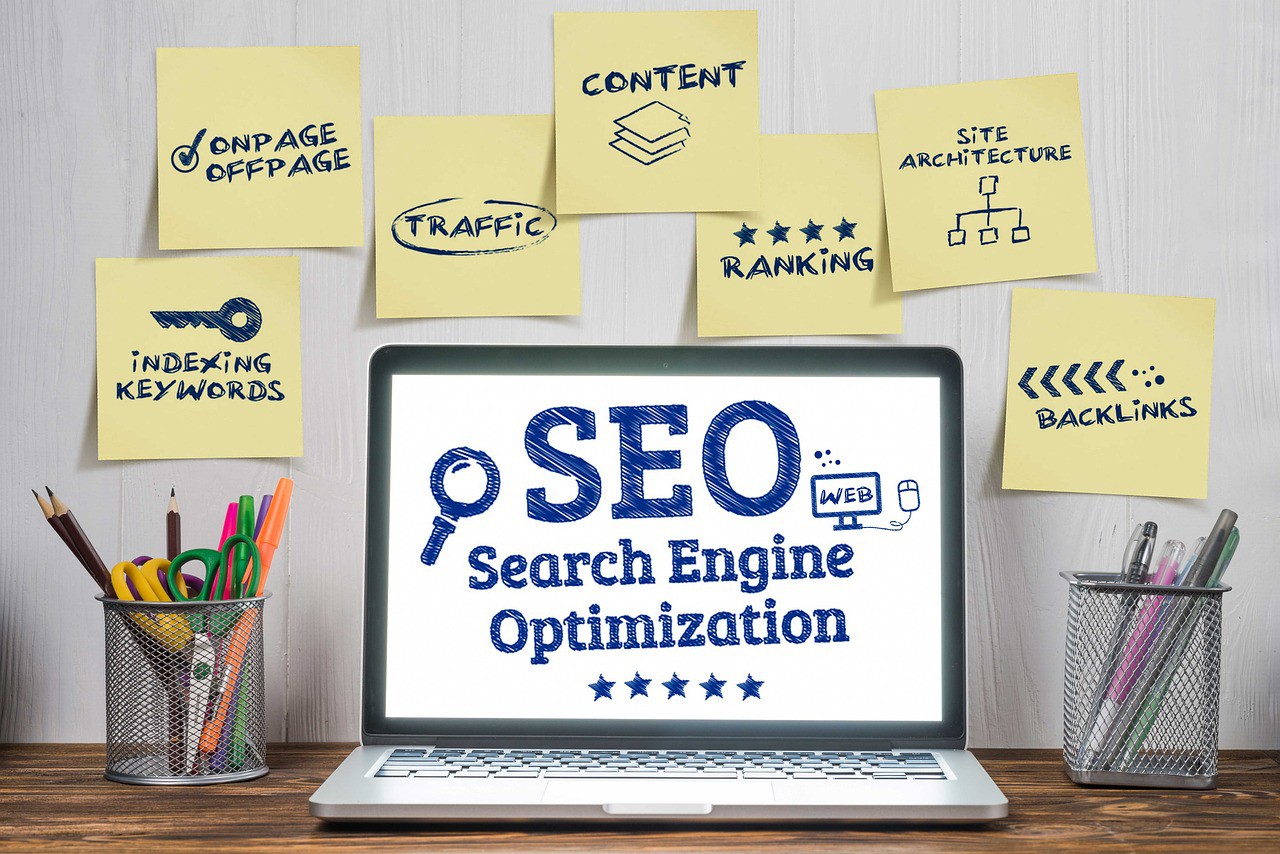Effective on-site SEO is essential for entrepreneurs aiming to increase their website’s visibility. By focusing on key strategies, businesses can ensure their websites rank higher in search engine results, attracting more potential customers. Here’s a breakdown of crucial on-site SEO techniques every entrepreneur should understand and implement.
Keyword Research: The Foundation of On-Site SEO
Successful SEO begins with thorough keyword research. Identifying the right keywords helps you understand what your target audience is searching for. Focus on terms relevant to your industry, products, or services, and consider the search volume and competition for each keyword. Tools like Google Keyword Planner or Ahrefs can assist in finding keywords that will drive traffic to your site. Once you’ve identified these, strategically incorporate them into your content, ensuring they appear naturally in headings, paragraphs, and meta descriptions. This practice not only improves your chances of ranking higher but also ensures your content is aligned with what users are actively seeking.
If you’re struggling with your SEO efforts, then it’s a good idea to outsource it to an agency that can do it all for you. A premium SEO agency will be able to take the reigns and provide effective results when it comes to search engine optimization techniques and strategies.
Optimizing Your Website’s Content
Content is central to on-site SEO. It’s essential that your website’s content is high-quality, relevant, and provides value to your visitors. Each page should be optimized with a specific focus keyword, integrated seamlessly into the content. Ensure your titles and meta descriptions are compelling, as these elements influence both click-through rates and search engine rankings. Moreover, avoid keyword stuffing—search engines favour content that reads naturally and offers genuine insights. Regularly updating your content to reflect the latest trends and information also signals to search engines that your website is current and valuable.
URL Structure and Internal Linking
A clear and logical URL structure is vital for both search engines and users. URLs should be concise, descriptive, and include relevant keywords where appropriate. For example, a URL like “www.yoursite.com/seo-services” is more effective than “www.yoursite.com/page1”. This approach not only enhances user experience but also aids search engines in understanding the content of your pages.
Internal linking is another crucial aspect of on-site SEO. It helps distribute page authority across your site and guides users to related content. When done correctly, internal linking creates a cohesive website structure that benefits both users and search engines. For instance, linking to relevant blog posts or service pages within your content encourages visitors to explore more of your site, while also signaling to search engines the importance and relevance of these pages.
Creating an SEO-Friendly Website Architecture
Your website’s architecture should be designed with SEO in mind. A well-structured site makes it easier for search engines to crawl and index your content. Start by organising your content into categories and subcategories that make sense for your users. Use a logical hierarchy that prioritises your most important pages, and ensure your navigation is straightforward and intuitive. A clean, organised structure not only improves user experience but also boosts your site’s search engine rankings by helping search engines understand the relationship between different pages.
Monitoring and Analyzing Your On-Site SEO Efforts
To maintain and improve your SEO performance, regular monitoring and analysis are essential. Tools like Google Analytics and Google Search Console provide valuable insights into how your site is performing. Track metrics such as organic traffic, bounce rates, and conversion rates to assess the effectiveness of your on-site SEO strategies. Regularly reviewing this data allows you to make informed adjustments and stay ahead of competitors in search engine rankings.







